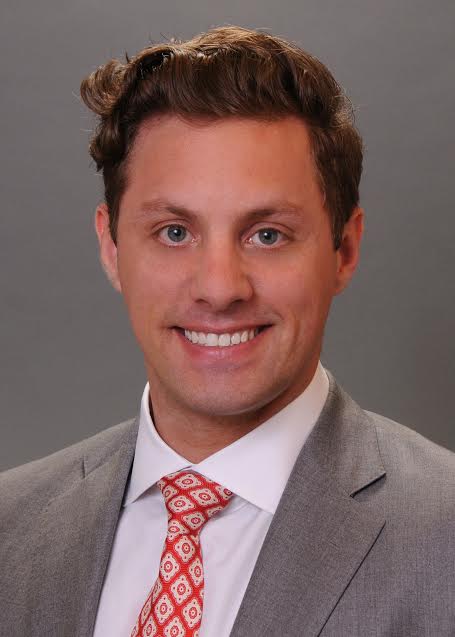Although telemedicine has not made as dramatic a splash in spine as in other lines yet, healthcare lawyer Nathaniel Lacktman, Esq., partner with Foley & Lardner, says it's starting to make noise.
Pain management, neurology and trauma currently pose the strongest opportunities for telemedicine in spine.
Keeping patients on track
Pain management for spinal injuries often involves patients doing physical therapy. Telemedicine allows patients the consistency of therapist oversight, without the hindering task of traveling multiple times a week.
"[Telemedicine allows] that additional frequency of contact and instruction while the patient is in the home," says Mr. Lacktman, who heads his law firm’s telemedicine and virtual care practice. "But more impressive is how the convenience of telemedicine-based therapy keeps patients accountable and increases patient adherence to post-surgical care plans."
Spinal conditions may prohibit people from traveling even short distances, so telemedicine offers a beneficial alternative that still keeps patients active and improving their quality of life.
"You want to lower those barriers to care and make therapy achievable," says Mr. Lacktman. If traveling proves too difficult for spine patients, they may skip out on their exercises and appointments. Telemedicine prevents this kind of fall-back from happening, with physician or therapist-patient interactions occurring with greater ease and in the home.
Mia Finkelston, MD, medical director of Online Care Group, a network of board-certified physicians practicing telemedicine, connects with her patients remotely.
"I try to impress upon [patients] the need to do daily back school/exercise…," says Dr. Finkelston. "Telemedicine is very useful for reminding patients to do these things." Dr. Finkelston suggests spine physicians send patients daily exercise reminders via smartphone.
Peter Antall, MD, director of American Well, a national provider of telehealth services, says follow-up visits and reordered programs offer great ways to leverage telemedicine into spine care.
Advising in the OR from afar
Telemedicine also allows remotely-located neurosurgeons to provide their expertise in the operating room. Operating surgeons and the OR team can benefit from the additional consulting and guidance provided in real-time during surgery.
"[This is] another way to leverage deep medical expertise and provide enhanced peer-to-peer consulting and education opportunities," says Mr. Lacktman.
He lists tele-stroke assessments as an increasingly popular use of telemedicine in the field, used to dramatically reduce the “door to needle” time for stroke patients. Other specialty areas turn to telemedicine in similar ways, such as dermatology, burns and trauma. Opportunities exist for similar approaches and models to be used with spinal consults, whether preoperative or postoperative.
Making a name for itself
Mr. Lacktman believes the telemedicine industry will experience continuous growth in the next five to 10 years. Those physicians uncomfortable with the technological idea will likely fall behind.
"Providers need to find ways to position their business models to prepare for this shift," says Mr. Lacktman of the growing presence of telemedicine. "Telehealth will be a major driver of this change by increasing patient access care while simultaneously increasing the amount of qualitative data available to physicians to render that care. We will see reduced readmissions, reduced length of stays and reduced complications, all of which is consistent with the reimbursement and payment changes imposed by the Medicare program between now and 2019."
Mr. Lacktman's prediction about the future of telemedicine is supported by his firm's survey of healthcare provider senior executives, which found:
- Health organizations developing telemedicine programs — 90 percent
- Health organizations providing remote patient monitoring services — 64 percent
- Health organizations offering store and forward technology — 54 percent
- Health organizations providing real-time interaction capabilities — 52 percent
Just under half of the respondents reported their organizations do not receive reimbursements for telemedicine services, serving as the main challenge to program development. However, 84 percent of respondents reported telemedicine as central to their organizations' future success.
"Patients want it and physicians enjoy it," says Mr. Lacktman of the future of telemedicine.
Pictured from left to right: Mr. Lacktman, Dr. Finkelston and Dr. Antall



More articles on practice management:
NASS launches coverage policy eBook: 5 things to know
Rush-Copley Medical Center chooses Merge Healthcare — 4 notes
2e Creative marketing agency named healthcare agency of year: 3 notes


